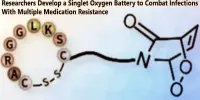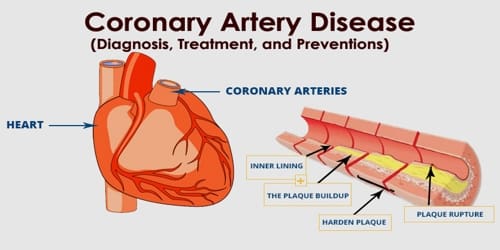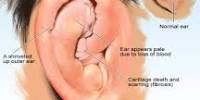According to a recent study conducted by the Barcelona Institute for Global Health (ISGlobal), a facility financed by the “la Caixa” Foundation, and the Hospital Clnic of Barcelona, viral DNA can commonly be found in various clinical samples from monkeypox patients, including saliva and semen.
The research, which was published in Eurosurveillance, advances our knowledge of the disease’s transmission mechanisms.
Typically, monkeypox is a self-limiting illness with symptoms that last between two and four weeks. There may be severe cases. The case fatality rate has recently been between 3 and 6 percent. Humans can contract monkeypox through coming into intimate contact with an animal or person who has the disease, as well as by coming into contact with contaminated objects.
Another zoonotic illness that has spread across borders is the current outbreak of monkeypox. More than 9000 cases of monkeypox have been reported globally in the past six months in nations where the illness is not prevalent.
Initial cases, mostly in males who have intercourse with men, were found in Britain, Portugal, and Spain. However, the illness has spread to numerous other nations, and there are worries that it could infect weaker groups of people, such as youngsters or those with damaged immune systems.
By coming into intimate contact with lesions, bodily fluids, respiratory droplets, and contaminated objects like bedding, the monkeypox virus can spread from one person to another. It is a viral zoonotic illness that mostly affects tropical rainforest regions of central and west Africa but can also travel to other locations on occasion.
A couple of previous studies had already shown the occasional presence of viral DNA in some samples and in some patients, but here we show that viral DNA is frequently present in various biological fluids, particularly saliva, during the acute phase of the disease, and up to 16 days after the onset of symptoms in one patient.
Aida Peiró
However, little is known regarding the potential presence of the virus in other biological materials, such as saliva, urine, or semen. The disease is known to be spread via direct contact with the lesions of an infected patient or by surfaces contaminated by these lesions.
In this study, a group lead by ISGlobal researchers Mikel Martinez and Jose Luis Blanco (Hospital Clinic) looked into the existence of virus genetic material in various biological samples that were taken at various points from 12 individuals who had been diagnosed with monkeypox infection.
Compared to smallpox, monkeypox is less contagious and has milder symptoms. It frequently manifests clinically as a fever, rash, and swollen lymph nodes and can cause a variety of health issues.
All patients’ skin lesions had a high viral DNA load at the time of diagnosis. Additionally, all instances had DNA found in their saliva, some of which had high viral loads.
Saliva samples from just one subject were analyzed in one prior investigation. Rectal (11 of 12 patients), nasopharyngeal (10 of 12 patients), semen (7 of 9 patients), urine (9 of 12 patients), and fecal (8 of 12 patients) samples also contained viral DNA.
“A couple of previous studies had already shown the occasional presence of viral DNA in some samples and in some patients, but here we show that viral DNA is frequently present in various biological fluids, particularly saliva, during the acute phase of the disease, and up to 16 days after the onset of symptoms in one patient,” explains Aida Peiró, first author of the study.
The next step will be to try to extract the infectious virus from such samples because the scientists note that the presence of viral DNA does not always indicate the existence of an active virus. The high viral load found in saliva or semen, however, raises the possibility that these fluids have an infectious potential, they add.
“The results of our study contribute to a better understanding of the mechanisms and dynamics of virus transmission, as well as the possible role of sexual transmission,” Martinez concludes.
















